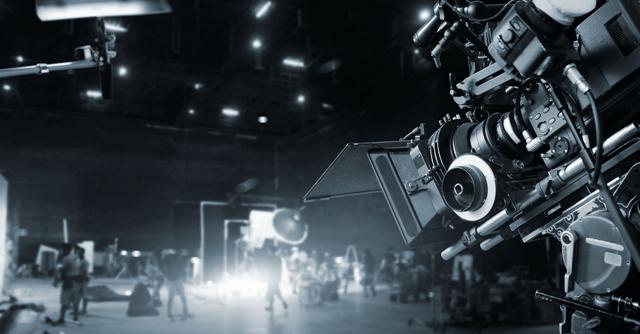Game Engines are software frameworks designed to allow video game developers to code and plan a game. They take care of visual elements like lighting and character movements. The same characteristics can, and have been, used in producing films and TV shows in the past as well.
Now, however, experts said these tools like Unreal Engine 5 from US-based Epic Games and Unity Technologies’ Unity 2021 not only make it cheaper to use technology but also cut the production time, which reduces costs even more. Some even allow anyone to get creator licences for free.
For instance, in the March 2022 movie RRR, the filmmakers used Unreal Engine 5 to recreate forest fire and underwater action scenes.
Similarly, in a scene in Telugu movie Radhe Shyam, actor Prabhas steps out of a phone booth onto the rainy streets of London and approaches a cab. Instead of taking the whole crew to London though, the filmmakers put the backdrop of London on an LED wall, a giant screen comprising smaller sections, and shot the scene in a studio in India in just three days.

Manoj Paramahamsa, a cinematographer for Radhe Shyam, said the scene couldn’t be shot in London due to winter at the time. So, while much of the film was shot in London, this part was done in India. They shot Prabhas entering the booth in a studio in front of the LED wall and fed this footage into Unreal Engine, which provided the final output.
The merging of the real and virtual elements forms what is called the virtual production pipeline, which includes software tools such as previsualization that allow filmmakers to shoot, edit, and export scenes of a film before actual shooting starts. Such software allows a technique called In-Camera Visual Effects (ICVFX), where special effects are captured in the camera instead of post-production process. The camera captures both the virtual elements of the LED wall and the physical elements of the shot, merging them automatically. It especially became useful during the pandemic when crews couldn’t move across cities, states or countries freely.
According to a March 2022 EY-FICCI report, revenue from VFX in India is expected to grow from $38 billion in 2021 to $58.7 billion in 2022 and $93.1 billion in 2024. Experts said that the use of software-driven VFX is expected to grow even further. The report attributed this to increased adoption of virtual production in films, rising VFX budgets for content, and offshoring global projects to India.
TOP GADGETSSee AllMORE FROM THIS SECTIONSee All Premium PremiumIs Elon Musk actually going to buy Twitter? Can he just ...
Premium PremiumNo-code bot platform E42 launches marketplace for busin ...
Premium PremiumIndia ships over 4 million PCs for third straight quart ...
Premium PremiumTop industry executives lose interest in the concept of ...
Paramahamsa explained that platforms such as Unreal Engine existed 20 years ago too, but it was the introduction of real-time visualization that has now changed things. Further, filmmakers also take advantage of gaming features like Ray Tracing, introduced by hardware makers like Nvidia, which allows light in a virtual world to behave more realistically.
He said that VFX-based scenes that earlier took 12 days to visualize and complete are now being completed in three days using real-time rendering. “The problem with filmmakers is time against money. In filmmaking, time is very critical, because the equipment, people, everything is expensive," he added.
Chaitanya Chinchlikar, vice president at film school Whistling Woods International concurred. However, he noted that lower costs don’t mean that every shot uses virtual production.
TRENDING STORIESSee All Premium








